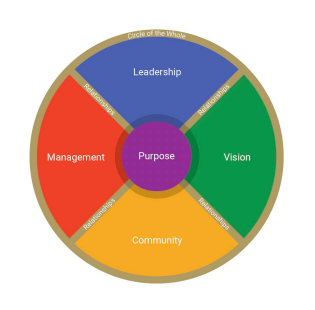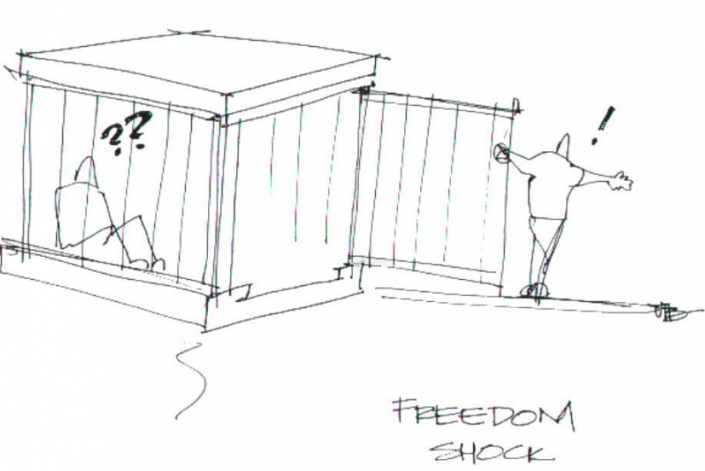A few weeks ago, we had an inspiring Community Meet-Up session with Doris Gottlieb where we focused on the topic ‘Engage Through Engagement’.
First, we discussed questions to get more insight into the definition of engagement for your employees:
- Question 1: What is employee engagement?
- Question 2: What are the behaviors of individuals when they are part of an organization with a high level of engagement?
- Question 3: What would be the benefits in an organization if people were engaged?
- Question 4: Would you like to work within the organization with the benefits that you have described?

These questions are important to figure out what people want in order to increase engagement within your organization. How do they perceive engagement? And what is needed to get in place? By asking these questions, you gain insight into what engagement means for your employees.
“One of my understandings about engagement is that it is not something that can be “forced” on people through will. To develop engagement, it is necessary to build an environment in which engagement is “invited” through the structures that are in place and the conduct of the leadership that will allow for engagement to emerge and grow”
Doris Gottlieb
In addition, Doris showed us a helpful tool, called The Medicine Wheel© (see figure below). This tool can be used as a compass on how to develop more engagement in organizations. All the five facets are related to each other, but not every facet can be clear to an organization.
In order to develop engagement, the following questions can be asked to investigate what is needed and what is already there:
- Purpose: what is the reason for wanting engagement? What is it’s Raison d’arte (not it’s goal)?
- Leadership: What values would you need to stand for in order to stimulate engagement? What behaviors would you need to model?
- Vision: Is there shared vision of what engagement is and what its benefits are in your team/organization? What discusses can you start to create/strengthen this shared vision?
- Community: Who would need to be involved in order for engagement to be successful? Is it only a question of the workers? What would you need from other levels of management… from others?
- Management: What of structures do you have in place to stimulate engagement? What needs to be put in place? What already exists?
The most valuable lesson of this model is to understand what is happening in your organization so you can see, hear, and feel what is needed to improve engagement.Consequently, the organizational culture and new leadership are both crucial aspects of the implementation process of engagement.
In conclusion, Doris gave us three tips to remember carefully:
- Your modeling as a leader is the key to success. “How you do it is more important than what you say”.;
- Clarity about the boundaries and limits of authority is key to people growing their engagement;
- It is useful to remember there can be a freedom shock, so hold steady. Changing behavior can be scary,so it helps to see where people are coming from.
Do you need help with your change & transformation challenges?
SPRING TODAY provides the Change & Transformation experts who speak the language of the organization and understand the challenges and complexity of the context. They connect, create movement and set a route to “the organization of tomorrow!’’


